Stroke: What You Need to Know

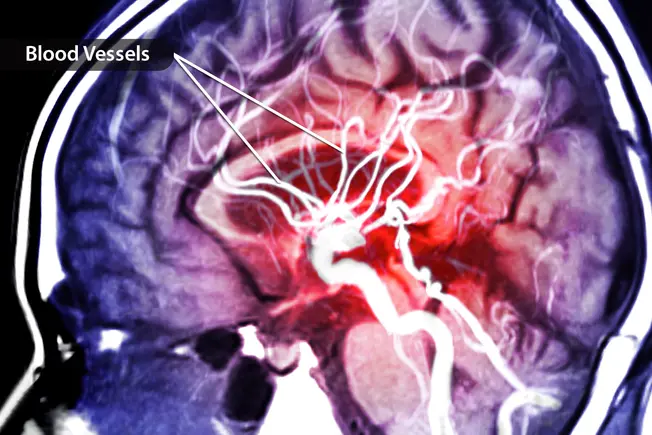
What Is a Stroke?
A stroke is a medical emergency. It happens when a blood vessel in the brain bursts or, more commonly, when a blockage happens. Without treatment, cells in the brain quickly begin to die. This can cause serious disability or death. If a loved one is having stroke symptoms, call 911 right away.

Stroke Symptoms
Call 911 right away about signs of a stroke, which may include sudden:
- Numbness or weakness of the body, especially on one side
- Vision changes in one or both eyes, or trouble swallowing
- Severe headache with an unknown cause
- Problems with dizziness, walking, or balance
- Confusion, trouble speaking or understanding others

Think FAST
The FAST test helps spot symptoms. It stands for:
Face drooping. Ask for a smile. Does one side droop?
Arm weakness or numbness.
Speech. Can the person repeat a simple sentence? Do they have trouble or slur words?
Time to call 911. Don’t delay.
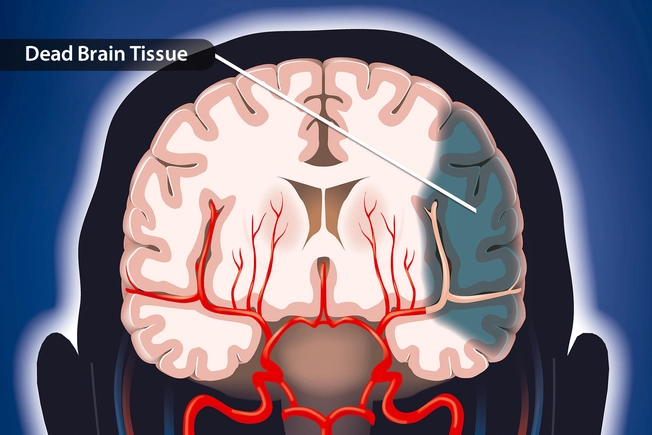
Time = Brain Damage
Every second counts. Without oxygen, brain cells begin dying within minutes. Once brain tissue has died, the body parts controlled by that area won’t work right. This makes stroke a top cause of long-term disability. There are clot-busting drugs that can curb brain damage, and they must be given in a short time -- usually within 3 hours of when symptoms start.

Diagnosis
Tests may start when you’re still in the ambulance. Once you get to the ER, you’ll get imaging tests such as a CT scan, MRI, or ultrasound. You may get other types of tests, such as an EKG (checks your heart’s electrical activity) and an EEG (checks your brain’s electrical activity).
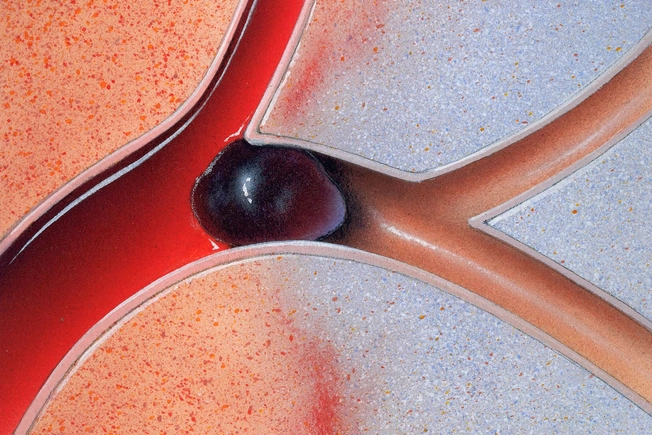
Ischemic Stroke
This is the most common type of stroke: Nearly nine out of 10 fall into this category. An ischemic stroke happens when a blood clot blocks the supply of blood to or in the brain. The clot may start in that spot or travel through the blood from elsewhere in the body. Clogged arteries are a top cause.
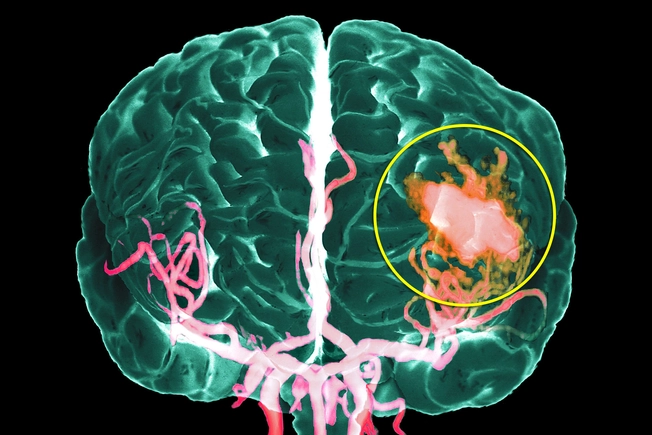
Hemorrhagic Stroke
Hemorrhagic strokes happen when a weakened blood vessel in the brain bursts. The result is bleeding inside the brain that can be hard to stop. The most common cause is high blood pressure. Other causes include aneurysms and AVMs (arteriovenous malformations), which weaken blood vessels in the brain.
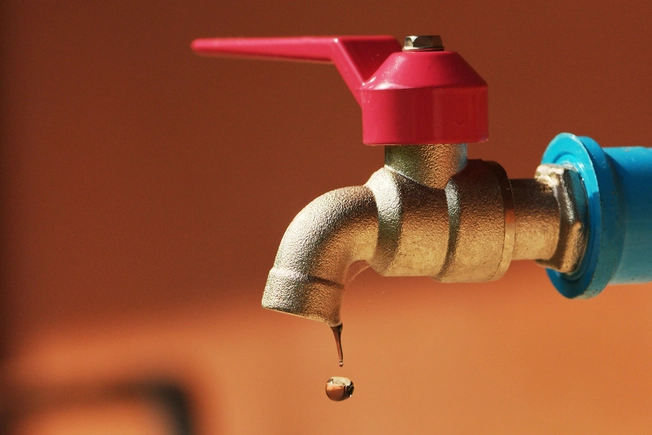
'Mini-Stroke' (TIA)
Transient ischemic attacks, often called "mini-strokes," are also an emergency. When they happen, blood flow is temporarily hampered in part of the brain, causing stroke-like symptoms. When the blood flows again, the symptoms stop. You can’t tell at the time if it’s a stroke or TIA. So call 911. Having a TIA is also a warning sign, so see your doctor if you think you've had one.
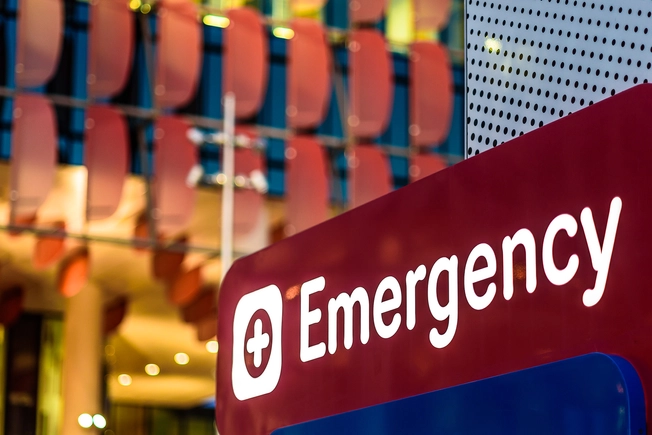
Emergency Treatment
Ischemic strokes: The goal is to restore blood flow. A clot-busting medication called tPA is very good at dissolving clots and cutting the chance of long-term damage, but it must be given in time -- usually within 3 hours. Hemorrhagic strokes: These are harder to manage. Treatment usually involves trying to control high blood pressure, bleeding, and brain swelling.
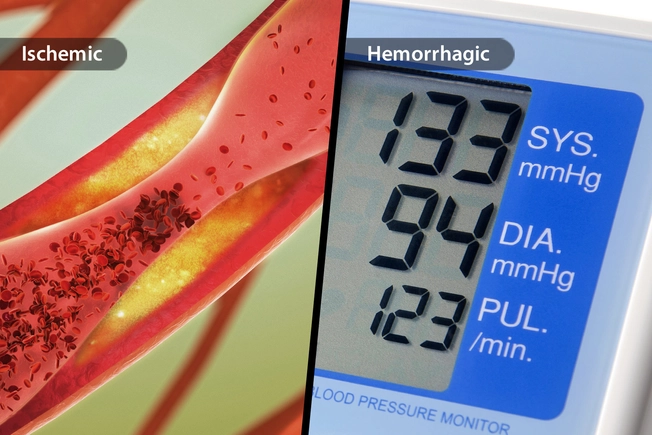
Causes
Ischemic strokes: Clogged arteries are a top cause. Plaque made of fat, cholesterol, and other things builds up in the arteries, leaving less space for blood to flow. A blood clot may lodge in this narrowed space and cause an ischemic stroke. All that plaque makes it easier for a clot to form and can also rupture, blocking blood flow.
Hemorrhagic strokes: These can happen if uncontrolled high blood pressure bursts a weakened artery.
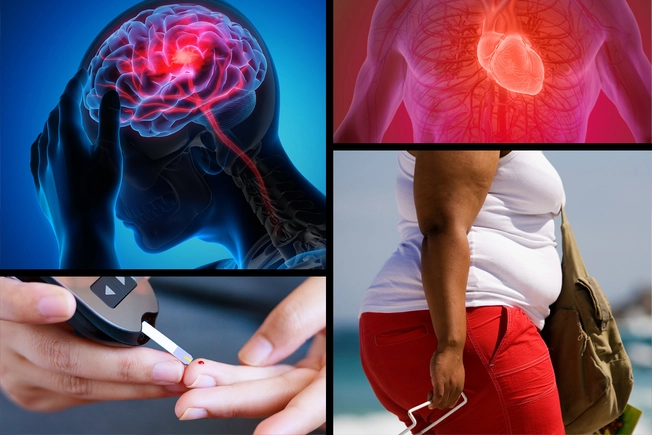
Risk Factors
Your chance of having a stroke rises with age and if you have:
- Had a stroke or TIA before
- Heart disease
- High blood pressure
- High cholesterol
- Diabetes
- Obesity
- Sickle cell disease
Smoking, heavy drinking, and not being active also raise your risk.

What’s On Your Plate?
Eating too much fat and cholesterol can cause plaque to narrow arteries. Too much salt may lead to high blood pressure. Eating plenty of fruits, vegetables, whole grains, and fish may help lower your stroke risk.

Lowering Your Risk
Find out if you have any conditions that you need to treat to help prevent a stroke. That may mean taking medicine and also boosting healthy habits, from the foods you eat to being active and not smoking. It’s never too late to start.